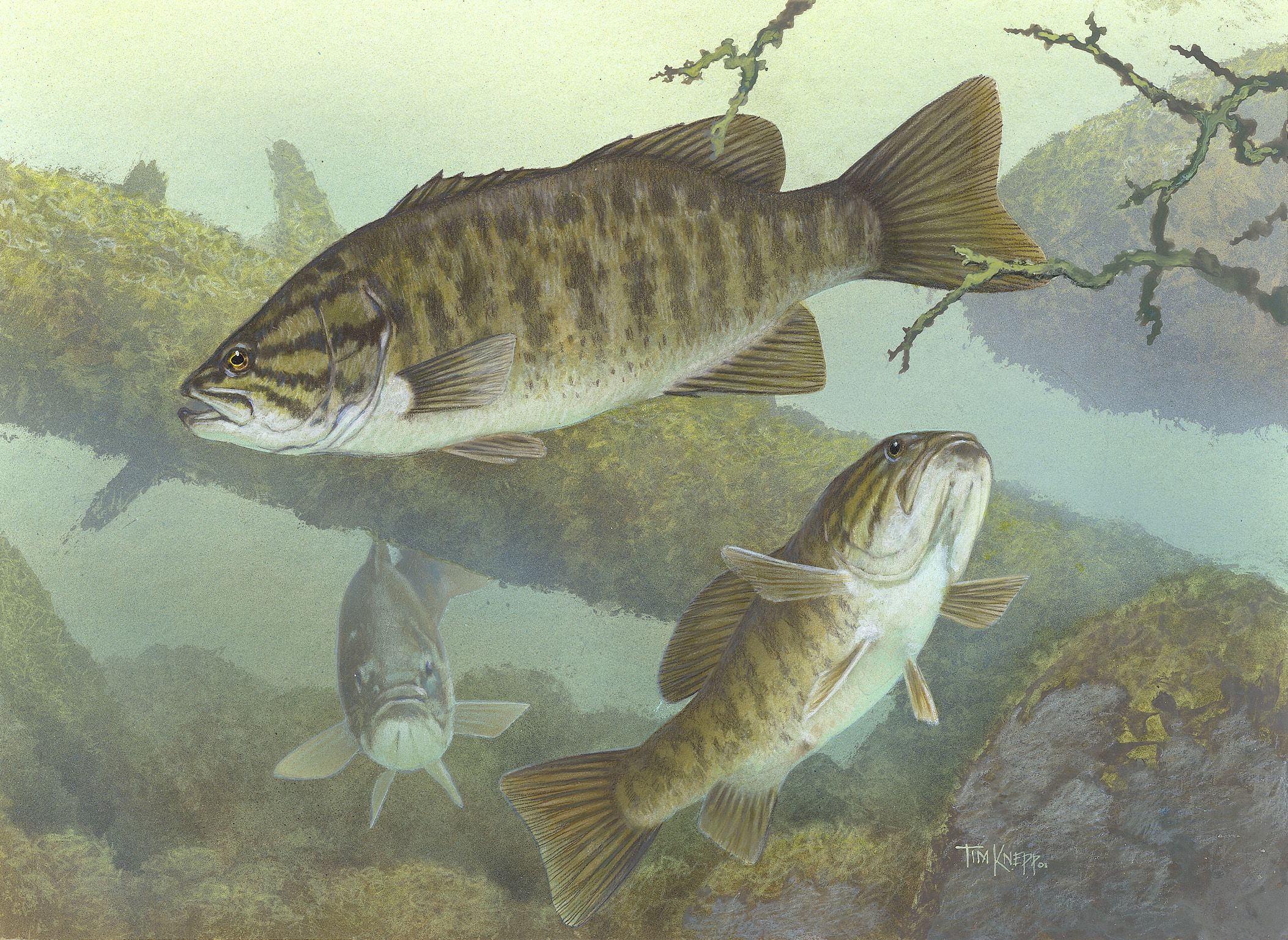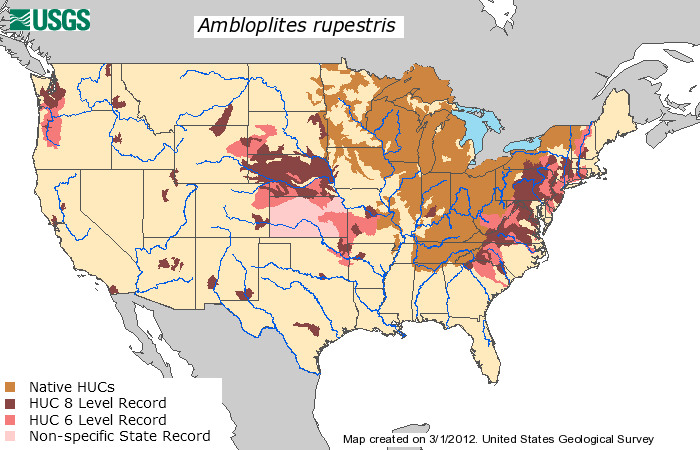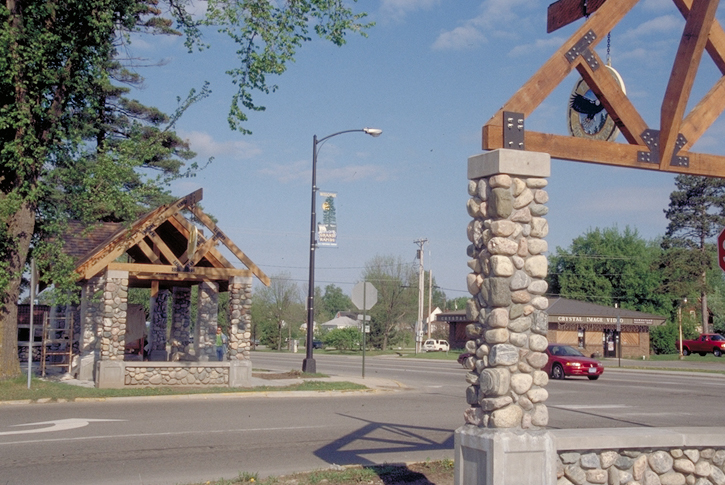|
Deer Lake (Itasca County, Minnesota)
Deer Lake is located in Itasca County, Minnesota about north of Grand Rapids and about northeast of Deer River. The lake covers and is roughly long and wide. Deer Lake is fed by three sources: rainfall, underwater springs, and one inlet from Little Deer Lake. It belongs to a chain of pristine lakes, feeding Bay Lake - headwaters of the mighty Deer River (namesake of the town) which feeds White Oak Lake (part of the Mississippi River). Otter, Moose, Little Moose, Fawn, and Cottonwood Lakes also feed Bay Lake. Often called the "Lake of the Changing Colors", Deer Lake's crystal-clear water displays a wide range of magnificent colors on sunny days - divulging the locations of its perilous rockbars to unfamiliar boaters. While Deer Lake ranks among the clearest lakes of Minnesota, what distinguishes it from its peers is its many interesting islands. In 1998, the DNR and Deer Lake Association jointly acquired Bear Island to preserve its undeveloped charm. Although bears are ... [...More Info...] [...Related Items...] OR: [Wikipedia] [Google] [Baidu] |
Itasca County, Minnesota
Itasca County (pronounced eye-ta-ska) is located in the State of Minnesota. As of the 2020 census, the population was 45,014. Its county seat is Grand Rapids. The county is named after Lake Itasca, which is in turn a shortened version of the Latin words ''veritas caput'', meaning 'truth' and 'head', a reference to the source of the Mississippi River. Portions of the Bois Forte and Leech Lake Indian reservations are in the county. History The boundary of Itasca County was first formed in 1849, upon the creation of the Minnesota Territory. It was originally a much larger county, which covered many of today's northeastern Minnesota counties. The original Itasca County stretched over Cook, Lake, Saint Louis, Koochiching, eastern Lake of the Woods, eastern Beltrami, Itasca, northern Aitkin, and northern Carlton counties, today in Minnesota. Itasca County was originally named for Lake Itasca (no longer in the county's present borders), which was determined to be the true source of ... [...More Info...] [...Related Items...] OR: [Wikipedia] [Google] [Baidu] |
Centrarchidae
Centrarchidae, better known as sunfishes, is a family of freshwater ray-finned fish belonging to the order Perciformes (formerly belonging to the deprecated order Centrarchiformes), native only to North America. There are eight universally included genera within the centrarchid family: ''Lepomis'' (true sunfishes), ''Micropterus'' (black basses), ''Pomoxis'' (crappies), ''Enneacanthus'' (banded sunfishes), ''Centrarchus'' (type genus, consisting solely of the flier ''C. macropterus''), ''Archoplites'' ( Sacramento perch), ''Ambloplites'' (rock basses), and ''Acantharchus'' (mud sunfish). A genetic study in 2012 suggests that the highly distinct pygmy sunfishes of the genus ''Elassoma'' are also centarchids. The centrarchid family comprises 38 identified species, 34 of which are extant. It includes many popular game fishes familiar to North American anglers, such as the rock bass, largemouth bass, bluegill, pumpkinseed, green sunfish and crappies. Most sunfish are highly valu ... [...More Info...] [...Related Items...] OR: [Wikipedia] [Google] [Baidu] |
Ojibwe-language
Ojibwe , also known as Ojibwa , Ojibway, Otchipwe,R. R. Bishop Baraga, 1878''A Theoretical and Practical Grammar of the Otchipwe Language''/ref> Ojibwemowin, or Anishinaabemowin, is an Indigenous languages of the Americas, indigenous language of North America of the Algonquian languages, Algonquian language family.Goddard, Ives, 1979.Bloomfield, Leonard, 1958. The language is characterized by a series of dialects that have local names and frequently local writing systems. There is no single dialect that is considered the most prestigious or most prominent, and no standard writing system that covers all dialects. Dialects of Ojibwemowin are spoken in Canada, from southwestern Quebec, through Ontario, Manitoba and parts of Saskatchewan, with outlying communities in Alberta;Nichols, John, 1980, pp. 1–2. and in the United States, from Michigan to Wisconsin and Minnesota, with a number of communities in North Dakota and Montana, as well as groups that removed to Kansas and Oklahoma ... [...More Info...] [...Related Items...] OR: [Wikipedia] [Google] [Baidu] |
Canada Goose
The Canada goose (''Branta canadensis''), or Canadian goose, is a large wild goose with a black head and neck, white cheeks, white under its chin, and a brown body. It is native to the arctic and temperate regions of North America, and it is occasionally found during migration across the Atlantic in northern Europe. It has been introduced to the United Kingdom, Ireland, Finland, Sweden, Denmark, New Zealand, Japan, Chile, Argentina, and the Falkland Islands. Like most geese, the Canada goose is primarily herbivorous and normally migratory; often found on or close to fresh water, the Canada goose is also common in brackish marshes, estuaries, and lagoons. Extremely adept at living in human-altered areas, Canada geese have established breeding colonies in urban and cultivated habitats, which provide food and few natural predators. The success of this common park species has led to its often being considered a pest species because of its excrement, its depredation of crops, its n ... [...More Info...] [...Related Items...] OR: [Wikipedia] [Google] [Baidu] |
Duck
Duck is the common name for numerous species of waterfowl in the family Anatidae. Ducks are generally smaller and shorter-necked than swans and geese, which are members of the same family. Divided among several subfamilies, they are a form taxon; they do not represent a monophyletic group (the group of all descendants of a single common ancestral species), since swans and geese are not considered ducks. Ducks are mostly aquatic birds, and may be found in both fresh water and sea water. Ducks are sometimes confused with several types of unrelated water birds with similar forms, such as loons or divers, grebes, gallinules and coots. Etymology The word ''duck'' comes from Old English 'diver', a derivative of the verb 'to duck, bend down low as if to get under something, or dive', because of the way many species in the dabbling duck group feed by upending; compare with Dutch and German 'to dive'. This word replaced Old English / 'duck', possibly to avoid confusion with ... [...More Info...] [...Related Items...] OR: [Wikipedia] [Google] [Baidu] |
Loon
Loons (North American English) or divers (British / Irish English) are a group of aquatic birds found in much of North America and northern Eurasia. All living species of loons are members of the genus ''Gavia'', family Gaviidae and order Gaviiformes . Description Loons, which are the size of large ducks or small geese, resemble these birds in shape when swimming. Like ducks and geese, but unlike coots (which are Rallidae) and grebes ( Podicipedidae), the loon's toes are connected by webbing. The loons may be confused with the cormorants (Phalacrocoracidae), but can be distinguished from them by their distinct call. Cormorants are not-too-distant relatives of loons, and like them are heavy-set birds whose bellies, unlike those of ducks and geese, are submerged when swimming. Loons in flight resemble plump geese with seagulls' wings that are relatively small in proportion to their bulky bodies. The bird points its head slightly upwards while swimming, but less so than cormorants ... [...More Info...] [...Related Items...] OR: [Wikipedia] [Google] [Baidu] |
Largemouth Bass
The largemouth bass (''Micropterus salmoides'') is a carnivorous freshwater gamefish in the Centrarchidae ( sunfish) family, a species of black bass native to the eastern and central United States, southeastern Canada and northern Mexico, but widely introduced elsewhere. It is known by a variety of regional names, such as the widemouth bass, bigmouth bass, black bass, bucketmouth, largies, Potter's fish, Florida bass, Florida largemouth, green bass, bucketmouth bass, Green trout, gilsdorf bass, Oswego bass, LMB, and southern largemouth and northern largemouth. The largemouth bass is the state fish of Georgia and Mississippi, and the state freshwater fish of Florida and Alabama. Taxonomy The largemouth bass was first formally described as ''Labrus salmoides'' in 1802 by the French naturalist Bernard Germain de Lacépède with the type locality given as the Carolinas. Lacépède based his description on an illustration of a specimen collected by Louis Bosc near Charleston, S ... [...More Info...] [...Related Items...] OR: [Wikipedia] [Google] [Baidu] |
Crappie
Crappies () are two species of North American freshwater fish of the genus ''Pomoxis'' in the family Centrarchidae (sunfishes). Both species of crappies are popular game fish among recreational anglers. Etymology The genus name ''Pomoxis'' literally means "sharp cover", referring to the fish's spiny gill covers (opercular bones). It is composed of the Greek (, cover) and (, "sharp"). The common name (also spelled ''croppie'' or ''crappé'') derives from the Canadian French , which refers to many different fishes of the sunfish family. Other names for crappie are papermouths, strawberry bass, speckled bass or specks (especially in Michigan), speckled perch, white perch, crappie bass, calico bass (throughout the Middle Atlantic states and New England), and Oswego bass. In Louisiana, it is called sacalait ( frc, sac-à-lait, ), seemingly an allusion to its milky white flesh or silvery skin. The supposed French meaning is, however, folk etymology, because the word is ultim ... [...More Info...] [...Related Items...] OR: [Wikipedia] [Google] [Baidu] |
Rock Bass
The rock bass (''Ambloplites rupestris''), also known as the rock perch, goggle-eye, red eye, and black perch, is a freshwater fish native to east-central North America. This red eyed creature is a species of freshwater fish in the sunfish family (Centrarchidae) of order Perciformes and can be distinguished from other similar species by the six spines in the anal fin (other sunfish have only three anal fin spines). Distribution Rock bass are native to the St Lawrence River and Great Lakes system, the upper and middle Mississippi River basin in North America from Québec to Saskatchewan in the north down to Missouri and Arkansas, south to the Savannah River, and throughout the eastern U.S. from New York through Kentucky and Tennessee to the northern portions of Alabama and Georgia and Florida in the south. The rock bass has also been found in the Nueces River system in Texas Description They are similar in appearance to smallmouth bass, but are usually quite a bit smalle ... [...More Info...] [...Related Items...] OR: [Wikipedia] [Google] [Baidu] |
Bluegill
The bluegill (''Lepomis macrochirus''), sometimes referred to as "bream", "brim", "sunny", or "copper nose" as is common in Texas, is a species of North American freshwater fish, native to and commonly found in streams, rivers, lakes, ponds and wetlands east of the Rocky Mountains. It is the type species of the genus ''Lepomis'' (true sunfish), from the family Centrarchidae (sunfishes, crappies and black basses) in the order Perciformes (perch-like fish). Bluegills can grow up to long and about . While their color can vary from population to population, they typically have a very distinctive coloring, with deep blue and purple on the face and gill cover, dark olive-colored bands down the side, and a fiery orange to yellow belly. They are omnivorous and will consume anything they can fit in their mouth, but mostly feed on small aquatic insects and baitfishes. The fish are important prey for bass, other larger sunfish, northern pike and muskellunge, walleye, trout, herons, ... [...More Info...] [...Related Items...] OR: [Wikipedia] [Google] [Baidu] |
Grand Rapids, Minnesota
Grand Rapids is a city in Itasca County, Minnesota, United States, and it is the county seat. The population is 11,126 according to the 2020 census. The city is named for the long rapids in the Mississippi River which was the uppermost limit of practical steamboat travel during the late 19th century. Today the rapids are hidden below the dam of UPM Paper Company. History Grand Rapids became a logging town, as the Mississippi River provided an optimal method of log shipment to population centers. Blandin paper mill opened in 1902. The Forest History Center is a State Historic Site and a living history museum that recreates life as it was in a turn of the 20th century logging camp. Costumed interpreters guide visitors through a recreated circa 1890s logging camp to educate the public on the history of white pine logging and its relevance to today's economy. Miles of nature trails, educational naturalist programming, and an interpretive museum are also located on the site. Old ... [...More Info...] [...Related Items...] OR: [Wikipedia] [Google] [Baidu] |


.jpg)

.jpg)




